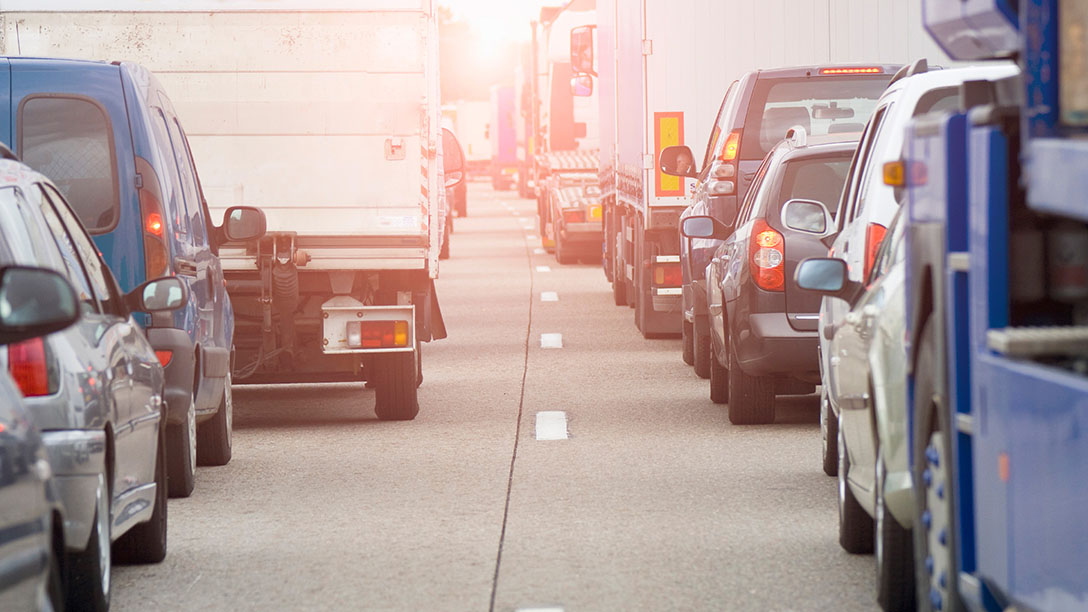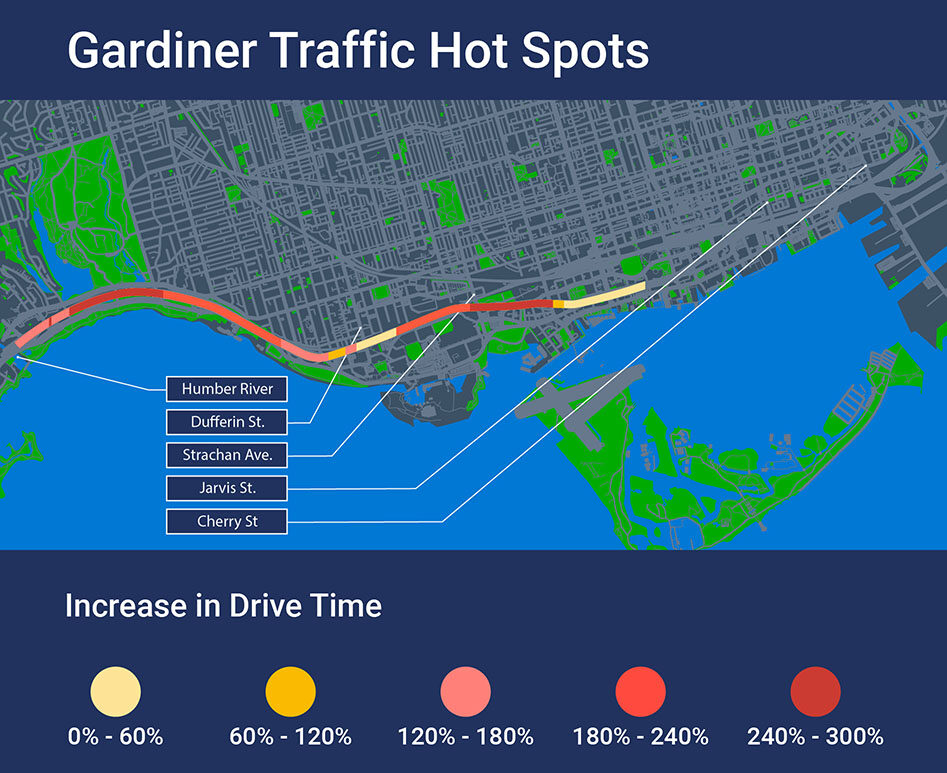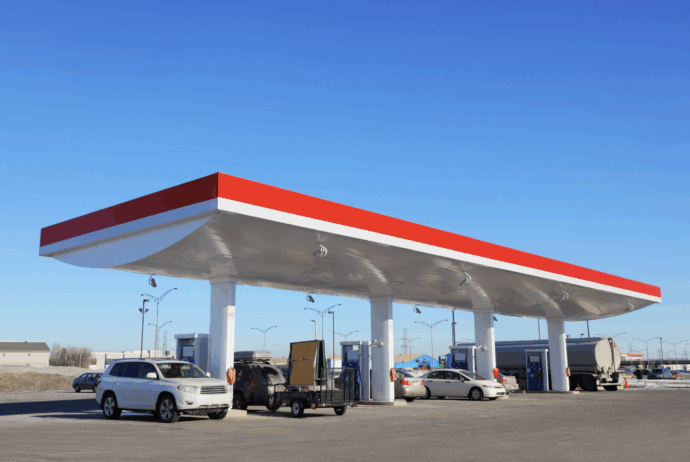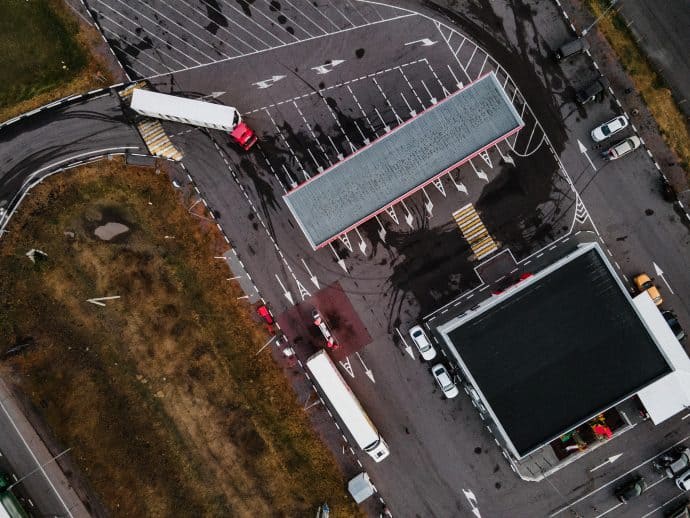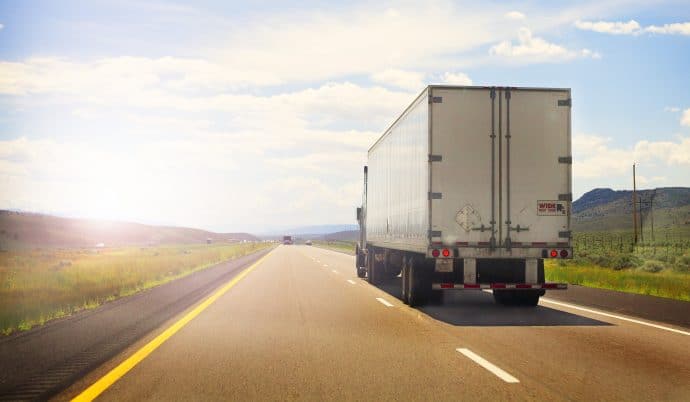On the Gardiner, commercial vehicle drivers are spending 80% more time driving per day on average compared to the pre-construction period. The rise in travel time is impacting business productivity. The increased drive time adds pressure particularly to last mile delivery companies, which are already facing demand challenges due to the growth in e-commerce.
The Toronto Region Board of Trade reports that traffic congestion costs over $11 billion in productivity losses each year, and impacts trade and productivity in the city. In 2023, there were 19 million annual commercial trips in the Toronto Core, representing 151 million kilometers driven.
Geotab’s recent State of Commercial Transportation examined overall productivity and looked at both the average number of trips per day, average driving duration per day and trip to hours ratio as proxies for gained (or lost) productivity by fleets. In this context, we see that commercial fleets have experienced decreased productivity due to the Gardiner closure. For commercial fleets, in addition to the potential impact to service, spending more time in traffic can add up in fuel costs. For every hour of idling, an engine wastes 3 litres of fuel.


